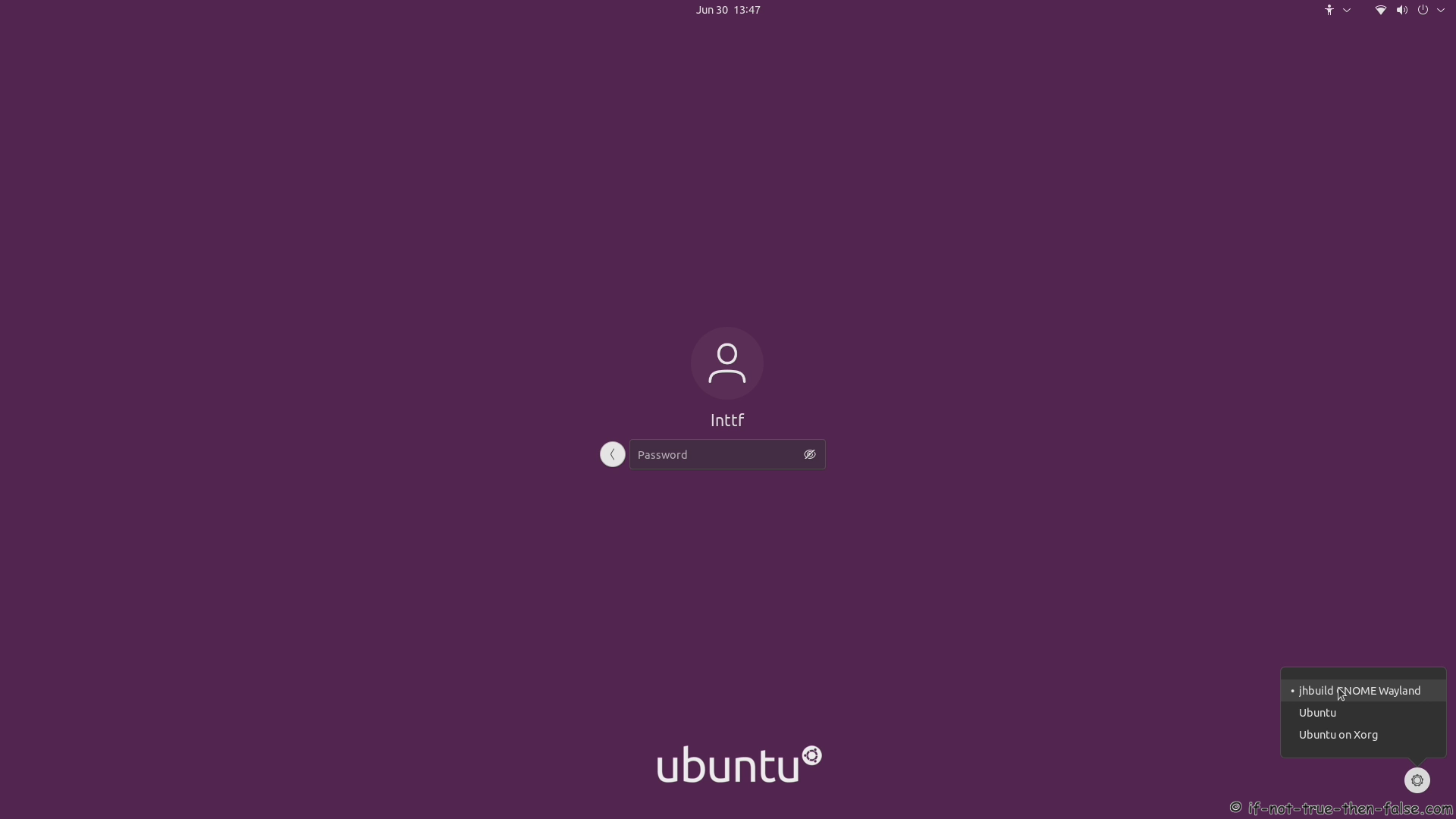

- Ubuntu desktop login as root how to#
- Ubuntu desktop login as root password#
- Ubuntu desktop login as root free#
Ubuntu desktop login as root password#
The root user has now a password set, but it’s not enough to access your Raspberry Pi with this account directly.

Passwd: password updated successfully Allow SSH access for root Here is an example of what you should get: $ sudo passwd This may ask your password, and then the new password for root. The easiest way to do this is to use this command: The first thing to do is to create a password for the root user.Īs you want to access it directly, the pi user password wouldn’t help. I don’t recommend allowing remote access for the root user.īut it can be useful sometimes, for automated connections for examples (scripts), so I give you the procedure here. #3) With great power comes great responsibility.īut then it’s ok, you’re ready-to-use sudo with this user account. It usually boils down to these three things: We trust you have received the usual lecture from the local SystemĪdministrator. On the first access, you’ll get a warning message like this:

To allow a user to run commands with sudo, add this user to the sudo group like this: Other users: no administrator privilegesīut if you need sudo on other users, it’s possible.pi (or first user): administrator privileges, if needed, via the sudo command.root: direct access to administrator privileges for any command.
Ubuntu desktop login as root how to#
We just saw how to use sudo with the default user.īut if you created other users, is it the same? Default parametersīy default, the new users can’t use sudo. Use “exit” to come back to the pi user terminal: Without a parameter, it gives you the root terminal, but you need sudo to run this command.Īs you see, in the second line I get a # terminal, beginning by I’m ready to run all my commands as root. Su is a command to switch user, if you are root, it allows you to switch to another user: There is a way to switch from your user to root user: If you are on a project, which need you to run 50 commands as root, maybe it’ll be boring to think about adding sudo before each one.
Ubuntu desktop login as root free#
So the first command failed with “authentication required”, but the second is ok.Īre you a bit lost in the Linux command line? Check this article first, for the most important commands to remember, and a free downloadable cheat sheet so you can have the commands at your fingertips. You need root privileges to stop your Raspberry Pi. Shutdown scheduled for Mon 20:00:00 GMT, use 'shutdown -c' to cancel. Shutdown in logind, proceeding with immediate shutdown: Interactive authentication $ sudo shutdown -h 20:00 PiCar-X is an AI self-driving robot car for Raspberry Pi.įailed to set wall message, ignoring: Interactive authentication required. So it was easy to break something, and also as everyone logs as root, you can’t know who change something, it’s only “root”. Why did Debian developers hide it?īefore this, everyone used root, and mainly only root. If you want to create files in /etc, reboot the system, change the network configuration, you need root privileges.Īt the beginning of the Linux history, you got root access directly after the installation.īut developers have changed this by asking to create a standard user in the installation process, with no direct privileges. This user has all permissions on the system. On Windows, you have the “Administrator” account (and most of the time anyone is admin), on Linux it’s “root”. On Linux operating systems, “root” is the administrator user. If you start on Linux with your fresh new Raspberry Pi, this could help you understand better.

I want to start with some reminders about Linux systems. If you are lost in all these new words and abbreviations, request my free Raspberry Pi glossary here (PDF format)! It’s a 30-days challenge from beginner to master, with step-by-step tutorials and many projects to practice along the way. In this post, I’ll explain what is the sudo command, and why Raspberry Pi OS developers add this and disable the root user.Īnd then I’ll show you how to do things as root on Raspberry Pi.īy the way, if you are really interested in improving your skills on Raspberry Pi, I highly recommend to check out my e-book here. From there, a password can be defined to use root as a normal user. There is no way to directly login as root on a fresh Raspberry Pi OS installation, but the command “sudo su” allows switching from the current user to an administrator terminal. Why? How does it work? How to disable this? We’ll see everything in this post. For example, you can’t use the commands “reboot” or “shutdown” directly. It’s not an administrator account for the Raspberry Pi, so you can’t configure things directly with this user. As you may know, on Raspberry Pi OS, you get only the one normal user by default (it was “pi”, and now it’s the one you create during the first boot).


 0 kommentar(er)
0 kommentar(er)
